What is AI ?
Artificial intelligence (AI), sometimes called machine intelligence, is intelligence demonstrated by machines, in contrast to the natural intelligence displayed by humans and other animals. In computer science AI research is defined as the study of "intelligent agents": any device that perceives its environment and takes actions that maximize its chance of successfully achieving its goals. Colloquially, the term "artificial intelligence" is applied when a machine mimics "cognitive" functions that humans associate with other human minds, such as "learning" and "problem solving".
The scope of AI is disputed: as machines become increasingly capable, tasks considered as requiring "intelligence" are often removed from the definition, a phenomenon known as the AI effect, leading to the quip in Tesler's Theorem, "AI is whatever hasn't been done yet." For instance, optical character recognition is frequently excluded from "artificial intelligence", having become a routine technology . Modern machine capabilities generally classified as AI include successfully understanding human speech, competing at the highest level in strategic game systems (such as chess and Go), autonomously operating cars, and intelligent routing in content delivery networks and military simulations.
Artificial intelligence was founded as an academic discipline in 1956, and in the years since has experienced several waves of optimism,[7][8] followed by disappointment and the loss of funding (known as an "AI winter"), followed by new approaches, success and renewed funding. For most of its history, AI research has been divided into subfields that often fail to communicate with each other. These sub-fields are based on technical considerations, such as particular goals (e.g. "robotics" or "machine learning"), the use of particular tools ("logic" or artificial neural networks), or deep philosophical differences. Subfields have also been based on social factors (particular institutions or the work of particular researchers).
The traditional problems (or goals) of AI research include reasoning, knowledge representation, planning, learning, natural language processing, perception and the ability to move and manipulate objects. General intelligence is among the field's long-term goals. Approaches include statistical methods, computational intelligence, and traditional symbolic AI. Many tools are used in AI, including versions of search and mathematical optimization, artificial neural networks, and methods based on statistics, probability and economics. The AI field draws upon computer science, information engineering, mathematics, psychology, linguistics, philosophy, and many others.
The field was founded on the claim that human intelligence "can be so precisely described that a machine can be made to simulate it".[18] This raises philosophical arguments about the nature of the mind and the ethics of creating artificial beings endowed with human-like intelligence which are issues that have been explored by myth, fiction and philosophy since antiquity. Some people also consider AI to be a danger to humanity if it progresses unabated. Others believe that AI, unlike previous technological revolutions, will create a risk of mass unemployment. However Google is hosting a global contest to develop AI that’s beneficial for humanity
In the twenty-first century, AI techniques have experienced a resurgence following concurrent advances in computer power, large amounts of data, and theoretical understanding; and AI techniques have become an essential part of the technology industry, helping to solve many challenging problems in computer science, software engineering and operations research.
List of famous AI Robots
1 – hanson robotics sophia
created by hanson robotics, ‘sophia’ the robot made her debut at the south by southwest show in march 2016 and since then has become somewhat of a media personality — having spoken at the united nations and appeared on the jimmy fallon show. she can animate a full range of facial expressions, and is able to track and recognize faces, look people in the eye, and hold natural conversations. in 2017, saudi arabia announced that it is giving citizenship to ‘sophia’, making it the first country in history to do so for a robot. on the achievement, ‘sophia’ had this to say, ‘I am very honored and proud for this unique distinction. this is historical to be the first robot in the world to be recognized with a citizenship.’
read more here
2 – mayfield robotics kuri
mayfield robotics unveiled the intelligent ‘kuri’ robot at the CES 2017 trade show in las vegas. characterized by personality, awareness, and mobility, the robot is said to ‘add a spark of life to any home’. the smart bot can understand context and surroundings, recognize specific people, and respond to questions with facial expressions, head movements, and unique sounds. sourcing the many beloved robots of popular culture like R2-D2 and WALL-E, this mechanical buddy can also be defined by its adorable personality and extraordinary connectivity abilities.
read more here
3 – sony aibo
sony announced the release of its latest robotic dog, ‘aibo’. this evolution of the autonomous robot can ‘form an emotional bond with members of the household while providing them with love, affection, and the joy of nurturing and raising a companion,’ sony says. featuring a dynamic range of movements and eager responsiveness, the puppy bot also develops its own unique personality as it grows closer to its owners. it uses ultracompact 1- and 2-axis actuators to give its compact body the freedom to move along a total of 22 axes.
read more here
4 – stanford university snake robot
stanford university researchers have developed a snake-like robot that grows like a vine by squeezing through hard to reach places. the sole aim of the prototype is to act as a search and rescue device, moving through rubble and small openings in order to reach trapped survivors by delivering them water. the snake starts as a rolled up inside out tube with a pump on one end and a camera positioned on the other side. once initiated, the device inflates and grows in the direction of the camera, while the other side stays the same.
read more here
5 – festo octopusgripper
just like an octopus has no hard skeleton and is made almost entirely of soft muscle, festo has applied this concept to soft robotics. the resulting creation is the ‘octupusgripper robotic’ arm—a flexible, silicone structure fitted with two rows of suction cups, just like its natural model. the ‘octopusgripper’ robot is the latest work of the company’s ‘bionic learning network,’ a series of robot’s that use biology as a model, copying the grip mechanisms of different animals. once compressed air has been applied and the tentacle curls inwards, it wraps around the object in question in a gentle—if a little creepy—manner, where a vacumm is used to its suction cups.
read more here
6 – honda E2-DR
at IROS 2017, honda revealed a prototype for a disaster relief robot, the ‘E2-DR’, who has the ability to grasp bars, adjust its hips and walk in a human-like manner. whilst being flexible, strong and waterproof, it is capable of handling a variety of different potential issues caused in a disastrous situation. even at 1.68 meters high and 85 kilograms in weight, honda has kept the robot’s size to a minimum, helped by swapping out standard communication cables for optical fiber, which are eight times smaller. it can squeeze through 30-cm gaps and has 33 degrees of freedom, whilst grease is used to keep contaminants out of its joints.
read more here
7 – boston dynamics handle
the google-owned robotics firm boston dynamics released a video of their latest creation, which goes by the name of ‘handle.’ unlike some of the company’s previously showcased robots that stand up on either two or four legs like ‘spotmini,’ ‘handle’ navigates on two small wheels. the undeniably human-like bot can roll back and forth, go down steps, spin in circles, jump, squat, and pick up crates. furthermore, it can also navigate down snowy hills and perform stunts that seem more suited to a pro-skateboarder than a research robot.
read more here
8 – piaggio gita cargo bot
piaggio‘s ‘gita’ cargo bot is designed to carry your stuff, freeing up your hands so you can get on with what is important. designed to be smart and nible, the bot has been designed and engineered with same details of safety, braking, balancing, dynamics and performance as a motorcycle or car. taking the form of a bright blue orb, it is equipped with a wheel on either side of a central compartment, which opens up to reveal its storage area, where belongings, packages and valuable can be held safely. as well, ‘gita’ can move at a variety of speeds — from a snail’s pace to a sprint, indoors and out – in order to match human levels of mobility.
read more here
9 – NASA PUFFER
meet ‘PUFFER’, the pint sized new space rover from NASA. short for Pop-Up Flat Folding Explorer Robot, the structure of ‘PUFFER’ takes influence from origami, folding and expanding to allow the friendly-looking bot to roam where no space rover has gone before. the creature’s lightweight design is capable of completely flattening itself, tucking in its wheels, and crawling into corners where other larger robots cannot fit. apt for skittering up sharp slopes and wriggling under rocks, several of the paper-like microbots can be flattened like cards and stacked one on top of another.
read more here
10 – honda 3E robotics concept
announced right before CES 2018, the cute but very helpful team of honda ‘3E robotics concept’ are set to be shown at the technology show in las vegas, USA. with experimental technologies, the designs are intended to be used to advance mobility and make people’s lives better, matching the japanese company’s over-arcing vision. standing for empower, experience and empathy, the four – ‘3E-A18’, ‘3E-B18’, ‘3E-C18’, ‘3E-D18′ – bots are purposed to assist people in many situations, from natural disasters to recreation.

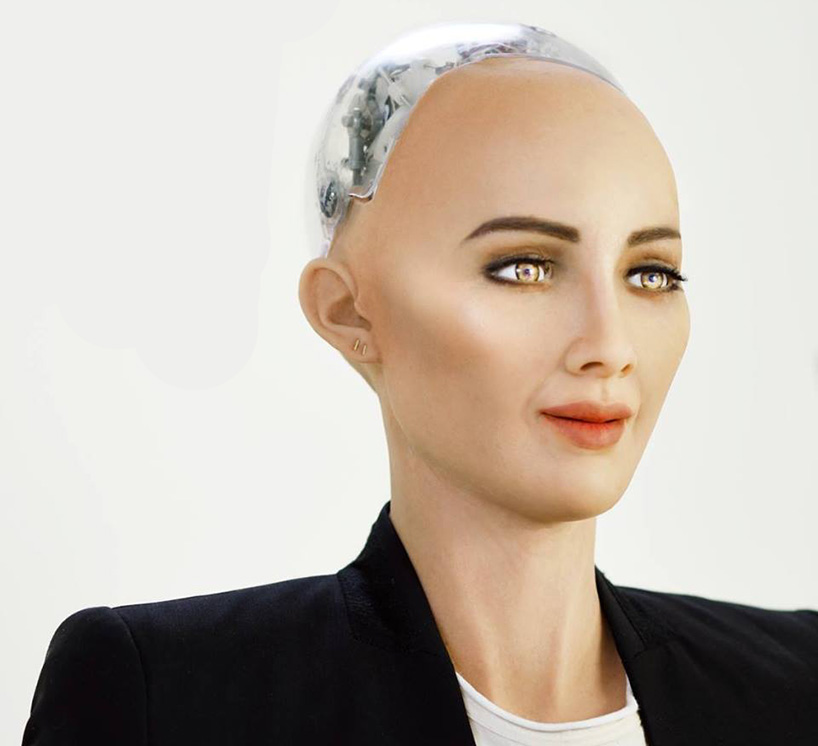
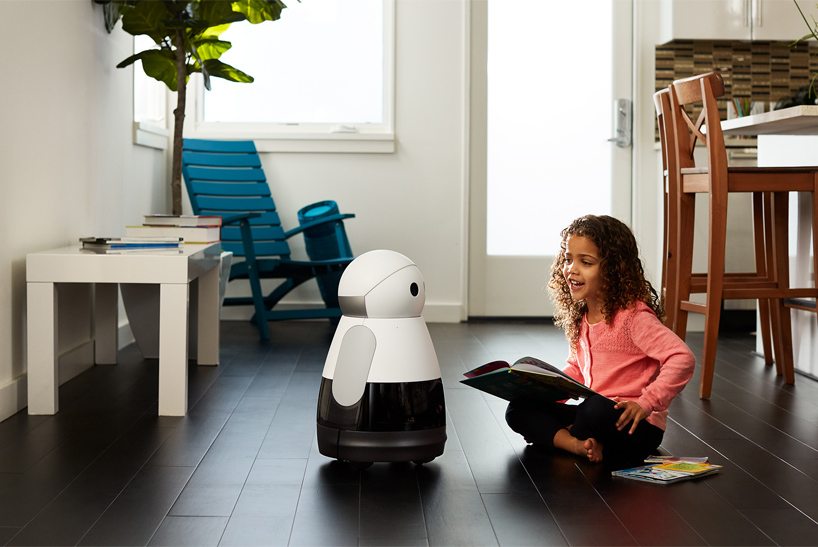
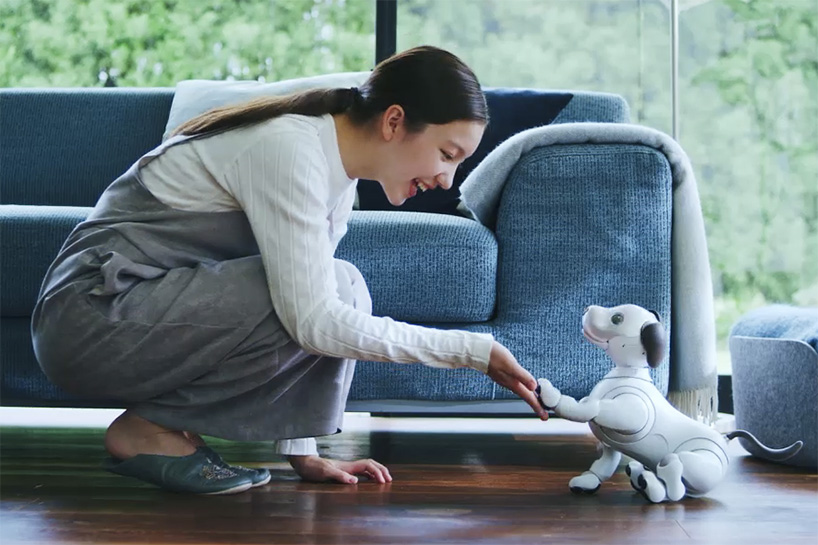
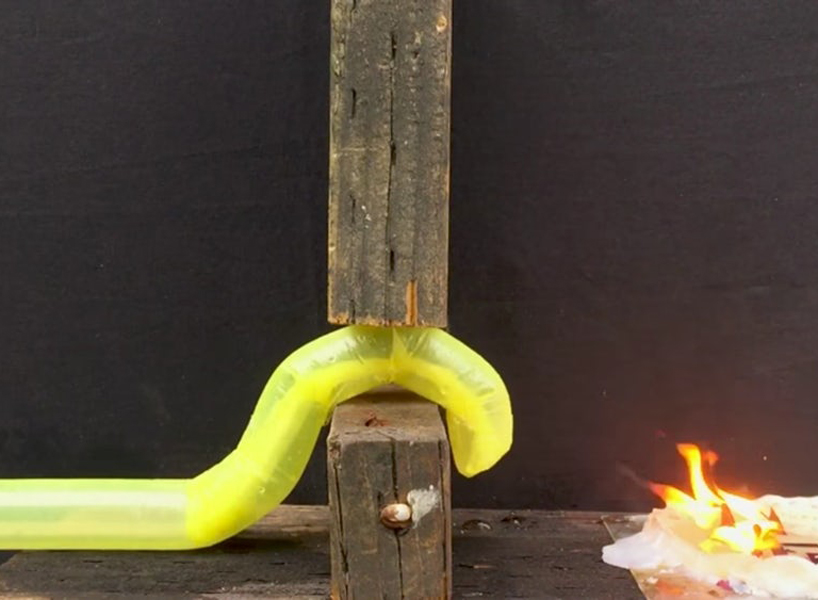
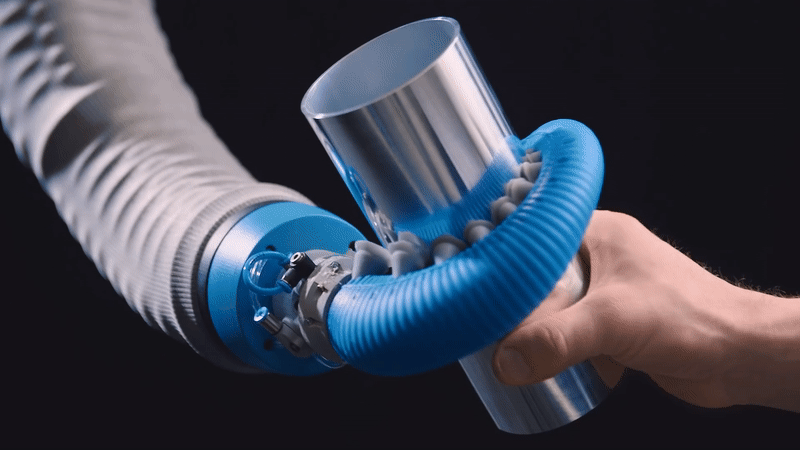
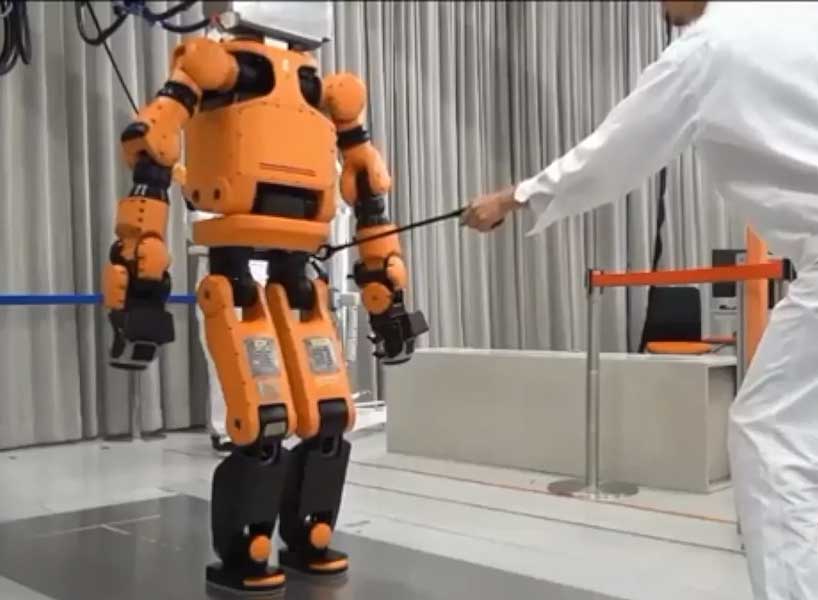
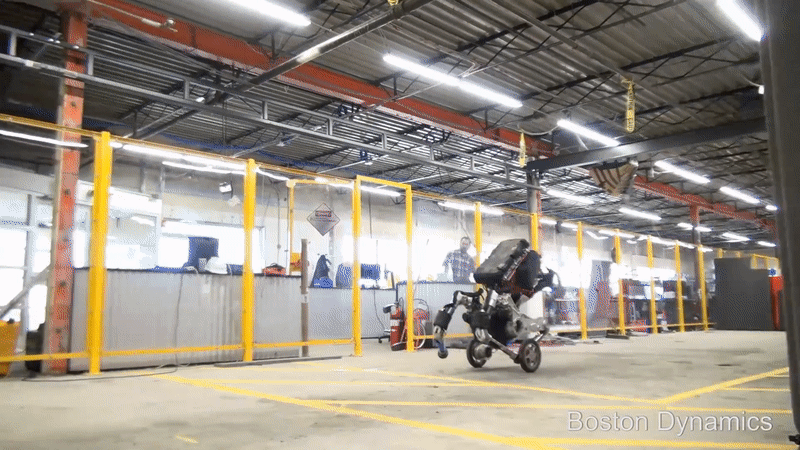
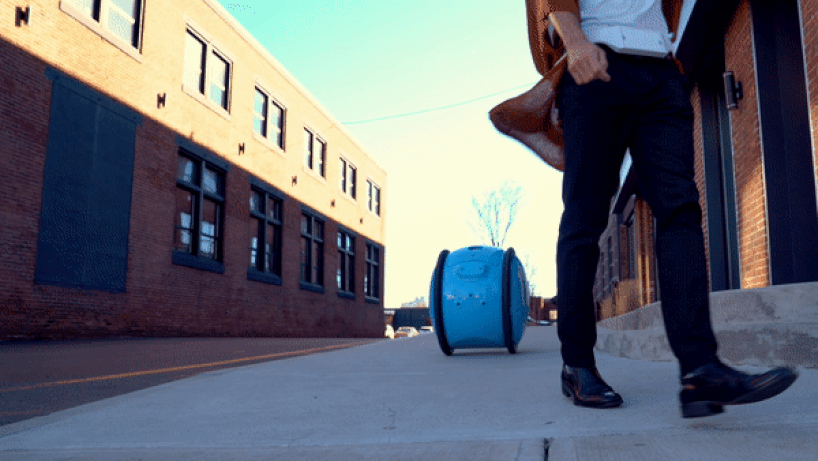
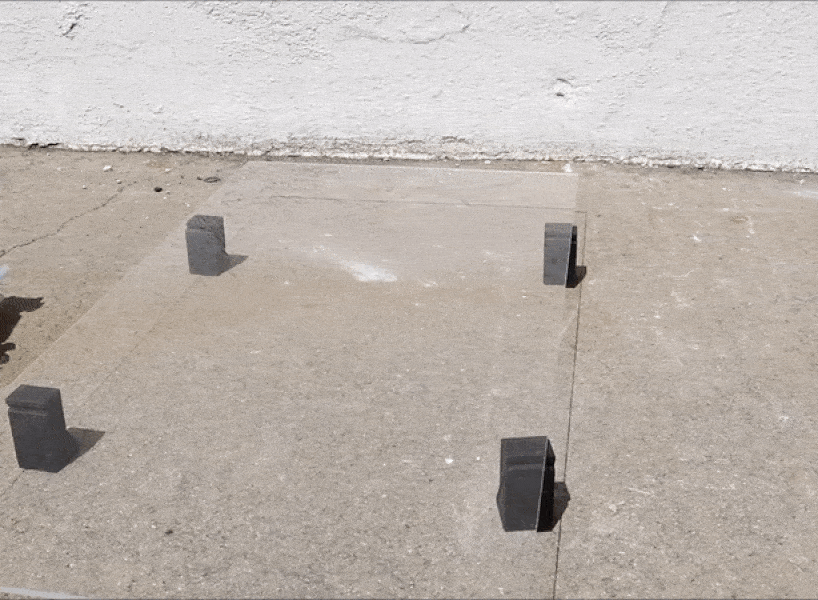
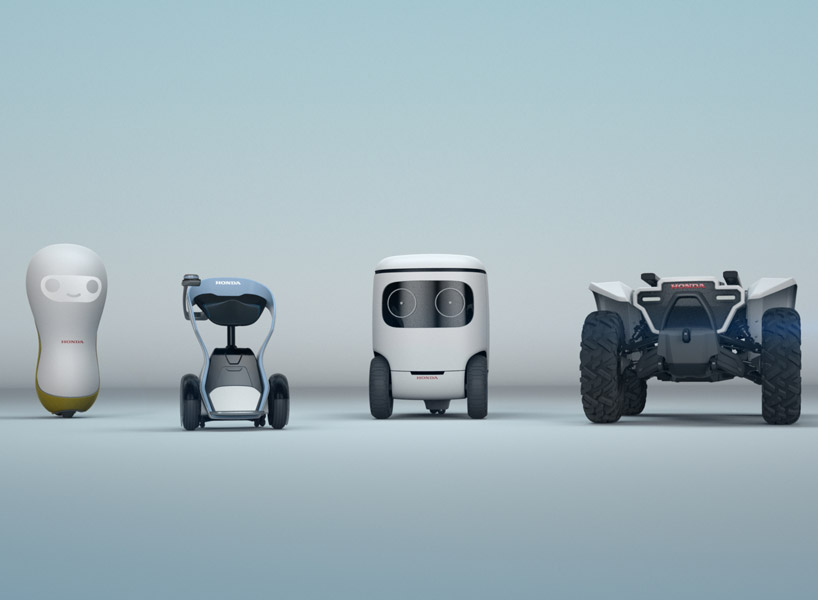
Nice Writings
ReplyDeleteMaria Medical Technology
Maria Medical Technology Sharjah
Maria Medical Technology in Sharjah
MMT Sharjah
MMT
MMTSharjah
Robotics in Sharjah
Robot in Sharjah
Artificial Intelligence in Sharjah
AI in Sharjah